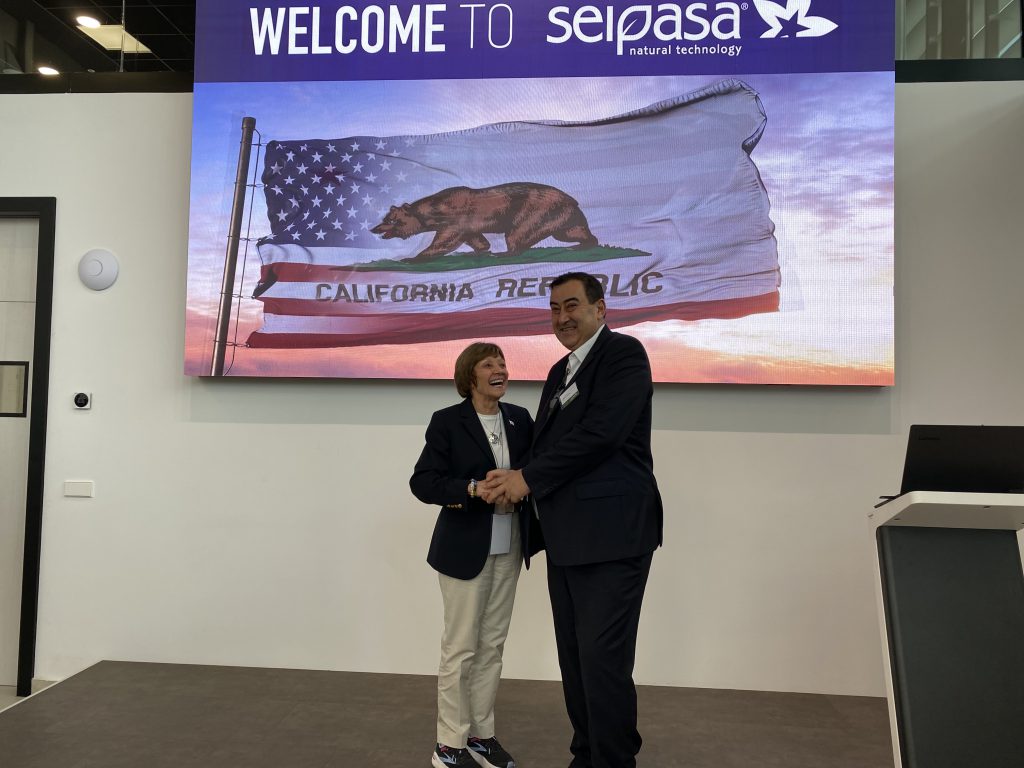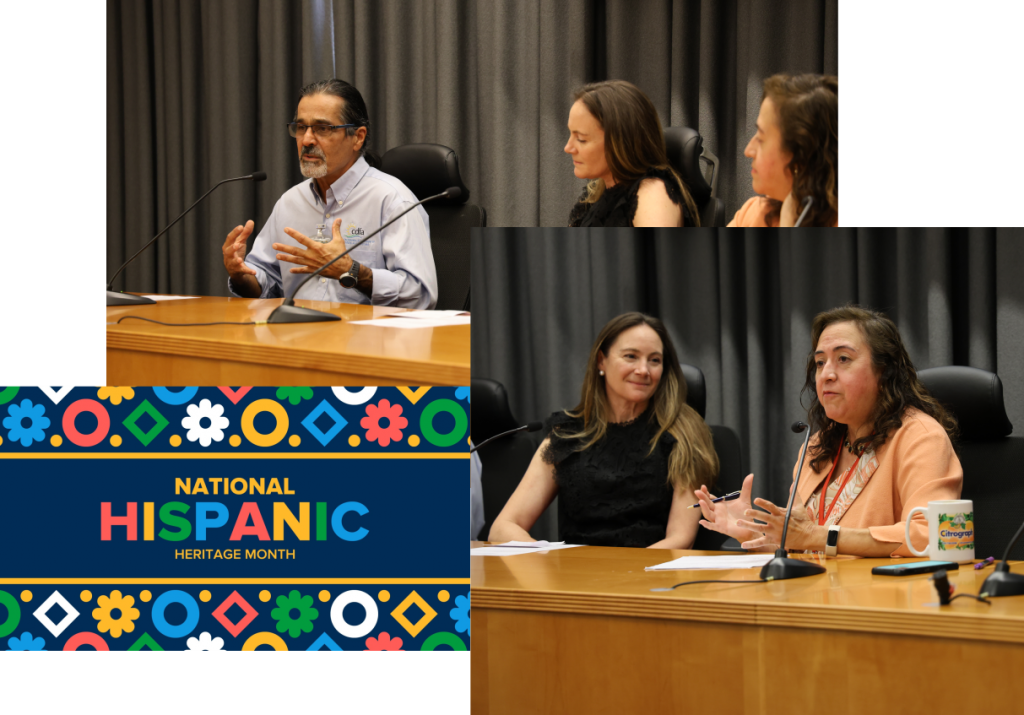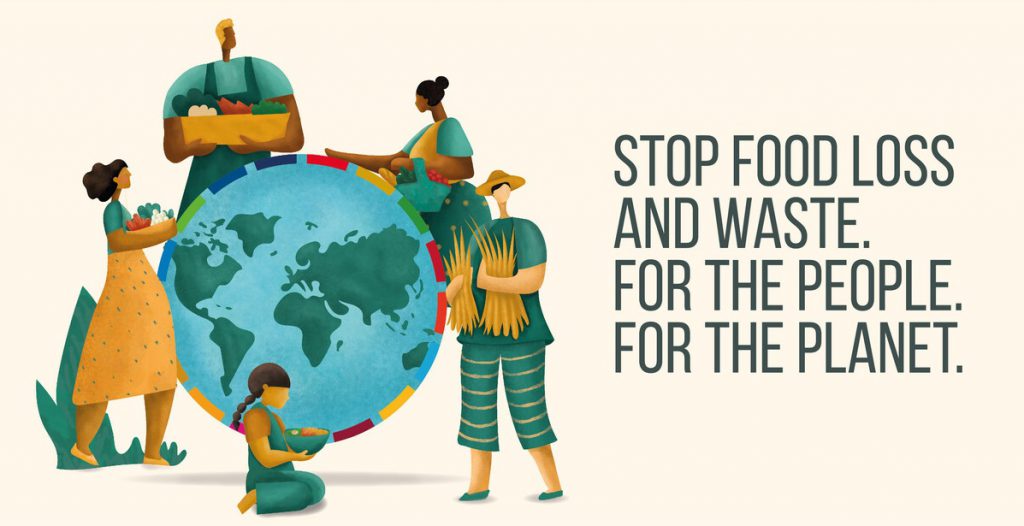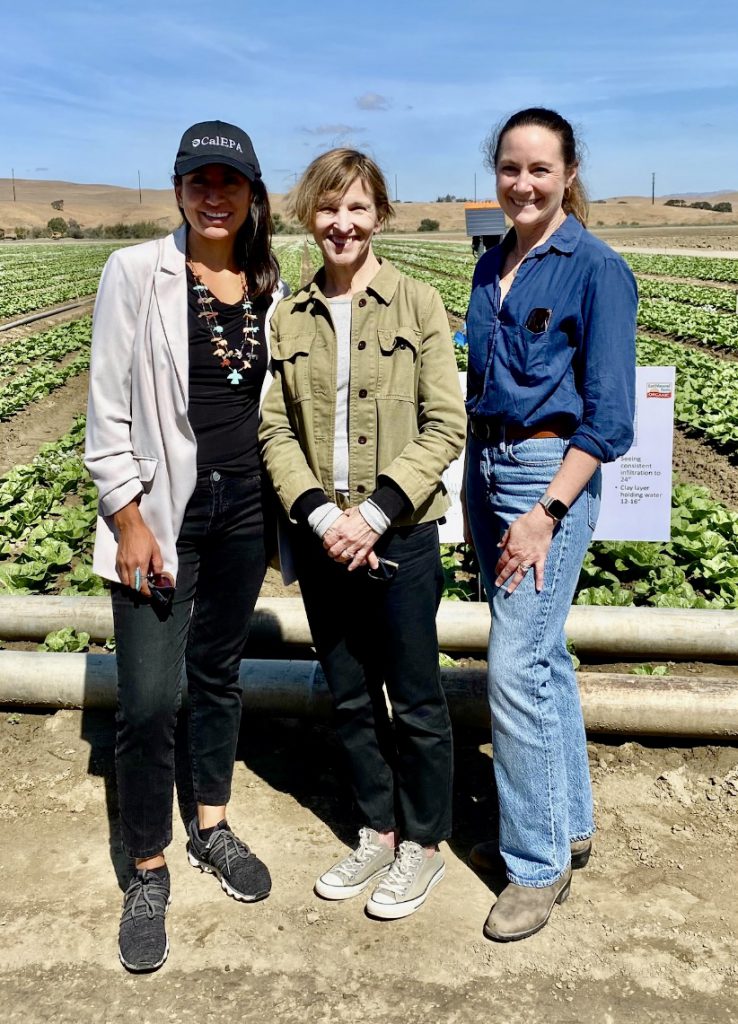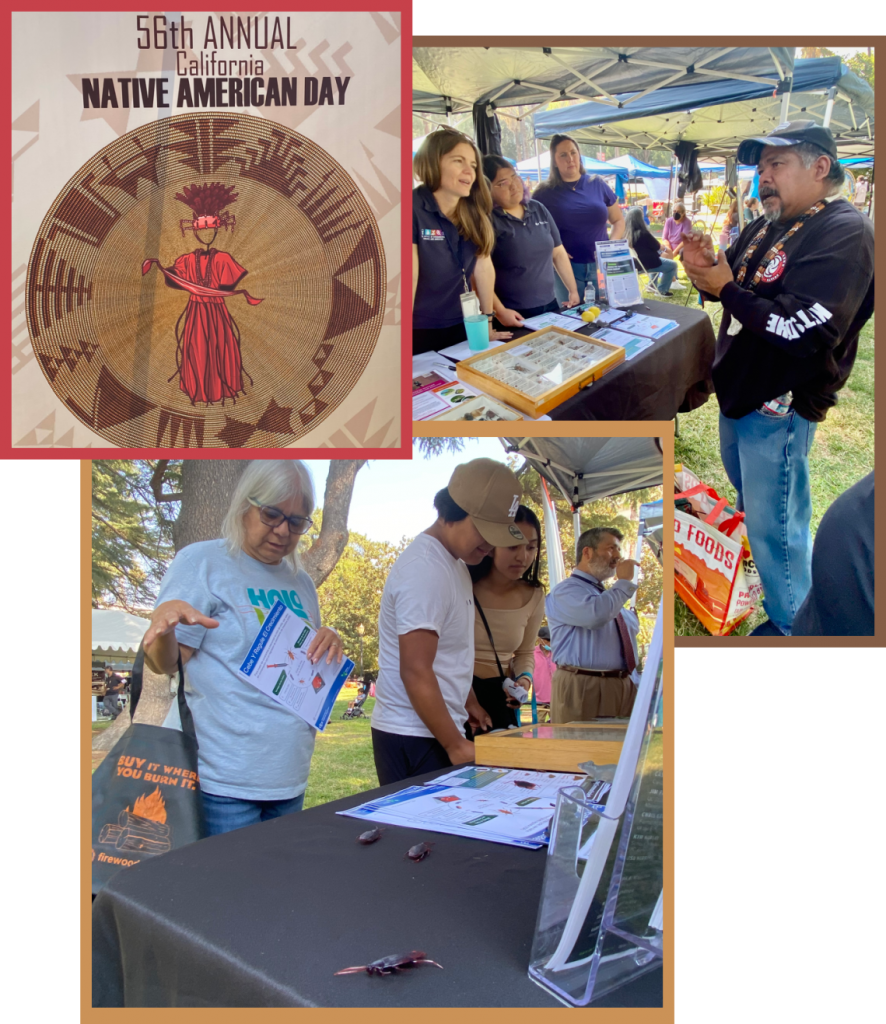CDFA Secretary Karen Ross and a delegation of California agricultural representatives are in Spain this week to exchange information about climate smart agriculture.
“Spain is one of the leading specialty crop producers in Europe,” said Secretary Ross. “The climate challenges we face are very similar, and working together we have opportunities to enhance resources and science-based tools that growers can use to improve climate resilience.”
Discussions in Valencia, Spain have focused on plant genetics, alternatives for pest management including biological controls, and technology to enhance grower sustainability and productivity.
At IVIA, a leading agri-food research center, the delegation engaged with researchers focusing on scientific research and technology development in citrus production. The institute’s GO CITRUS project has mapped the genome for citrus, providing critical information to inform plant breeding to develop varieties that are adaptable to changing climate conditions.
Following the visit to IVIA, the group traveled to the Cajamar Foundation, a leading agricultural financial institution, to see an experimental farm that provides knowledge-transfer to farmers and conducts research to help inform grower productivity. On-farm practices at the site included soil health (hedgerows) and deficit irrigation. An interesting product trial at the farm was greenhouse production of mission figs to extend harvest time and productivity — adding value opportunities for small-scale producers.
Another meeting included a discussion and facility visit at Anecoop, Spain’s leading agricultural cooperative representing more than 5 percent of Spain’s citrus, fruit, wine and vegetable exports. Anecoop’s priorities are on developing new varieties (flavor/climate), more value to farmers, and digital system innovation to improve logistics and data sharing among grower members.
At SEIPASA, a company which focuses on natural technology (biofungicides, biopesticides and biostimulants), discussions centered on opportunities to further approval pathways of biologicals to meet grower needs for sustainable pest management. SEIPASA participated in the Salinas Biological Summit in California earlier this year and is a strong global partner in helping to develop the biologicals sector.
While in Spain, the delegation will also visit Murcia and Almeria — developing connections to further climate action and engagement in the specialty crop sector.



